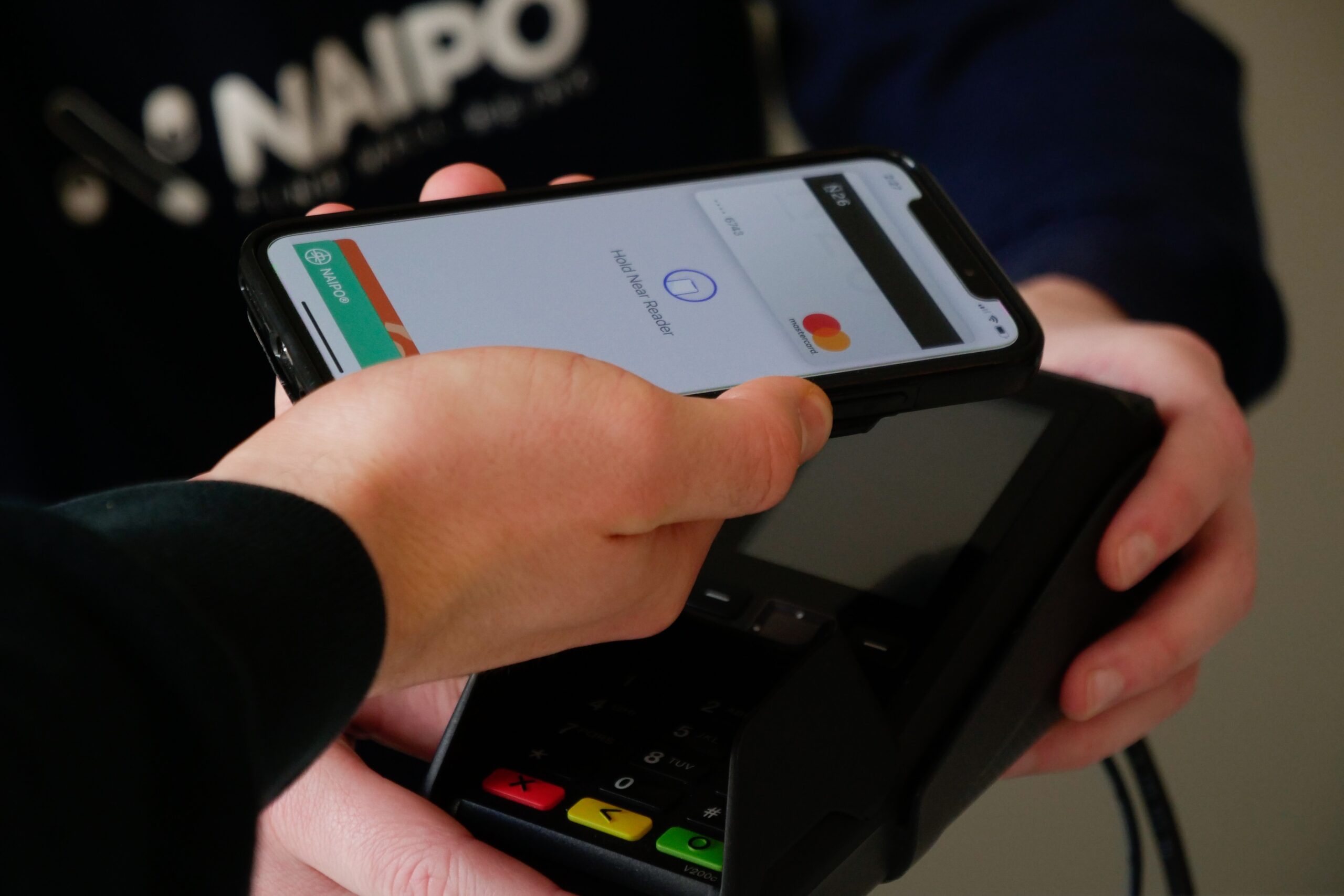If you’re a small business owner, you’ve probably wondered about credit card processing. You might have found yourself scratching your head at the terminology or daunted by the seemingly complex systems. But understanding credit card processing doesn’t have to be as complicated as it seems.
Let’s walk through the world of credit card processing for small businesses and shed some light on the subject!
What is Credit Card Processing Anyway?
At its most basic, credit card processing is a system that lets businesses accept payments through debit or credit cards. It’s like a behind-the-scenes dance that involves multiple parties: the merchant (that’s you!), the customer, the banks, and the payment processor. All of these parties work together in a series of steps to ensure that when a customer swipes, dips, or taps their card, the money makes its way into your business bank account.
Why Accepting Card Payments Matter
In today’s world, convenience is king. Customers appreciate being able to make payments quickly and easily, and card payments offer just that. As a small business, taking card payments not only boosts your business’s credibility but also opens up your customer base to those who prefer cashless transactions. It’s not just about following trends; it’s about harnessing the advantages of card payments to drive your business forward.
The Cost of Credit Card Processing
Now, let’s talk about money. Yes, there are costs involved in credit card processing, but it’s important to understand the breakdown of these fees. They can be broadly classified into transaction fees, monthly fees, and incidental fees.
Transaction fees are a small percentage that’s taken from each sale you make. Monthly fees are what you pay for the service of the card processing system. Incidental fees are costs that come up in specific situations, like a chargeback fee that occurs when a customer disputes a transaction.
Different cards and payment methods can also have different fee structures. Debit cards, credit cards, online payments, in-person payments – they all might come with varying costs.
Finding Affordable Payment Processing
If the talk of fees has you worried, don’t despair! Affordable payment processing for small businesses is not just a myth; it’s a reality. There are providers out there (like Sway!) who are dedicated to offering competitive rates and easy-to-understand fee structures. It’s all about doing your research, comparing different providers, and choosing one that fits the needs of your business.
Getting More from Your Payment Processing
Another aspect to consider is the extra services that come with your payment processing. Some providers offer more than just payment processing; they offer complete payment solutions that can help you manage your business better. Look for features like analytics, customer management, payment links and integrated payment systems that allow you to accept both card and bank payments.
Conclusion
And there you have it! A comprehensive guide to understanding credit card processing for small businesses. Knowledge is power, and understanding this aspect of your business can be a stepping stone towards success. So why not take the leap and explore the world of card payments? You’ll be opening up new possibilities for your business and potentially making your operations smoother and more efficient.
Remember that understanding credit card processing is just the first step. Applying this knowledge to your business is where the real magic happens!

